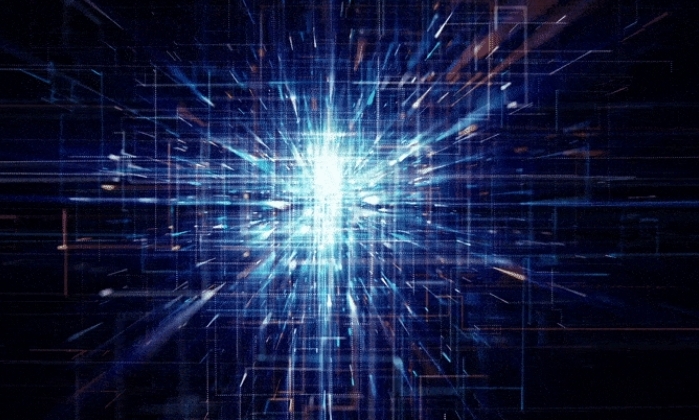
Picture Provided by: ScitechDaily
This discovery called asymmetric ferroelectricity will further research on tailored electronic properties and may find its way into interesting technological applications.
Physics researchers at the University of North Florida’s Atomic LEGO Lab (UNF) discovered a new electronic phenomenon they call “asymmetric ferroelectricity”.
In atomic-layer superlattices constructed using three constituent phases, CaTiO3, SrTiO3, and BaTiO3, the stacking sequence of the atomic layers is found to control the symmetry of the high-temperature dielectric response. In such a superlattice when a nanostructured asymmetric strain is programmed into the lattice via the stacking order, the natural symmetry at high temperatures is removed and a polarized sample is obtained in which the polarization increases as the temperature is lowered.
The research led by Dr. Maitri Warusawithana, UNF physics assistant professor, in collaboration with researchers at the University of Illinois and the Arizona State University, demonstrated this phenomenon for the first time in engineered two-dimensional crystals.
This discovery of asymmetric ferroelectricity in engineered crystals comes exactly 100 years following the discovery of ferroelectricity in certain naturally occurring crystals. Ferroelectric crystals – crystals that show two equal bistable polarization states – are now used in many high-tech applications including solid-state memory, RFID cards, sensors, and precision actuators.
Utilizing atomic-scale materials design, the team of researchers has demonstrated a qualitatively new phenomenon, asymmetric ferroelectricity, for the first time. These engineered crystals lead to an asymmetric bi-stability with two unequal stable polarization states in contrast to a natural ferroelectric.
Warusawithana hopes this first observation of asymmetric ferroelectricity achieved through materials-by-design will further research on tailored electronic properties and may find its way into interesting technological applications.
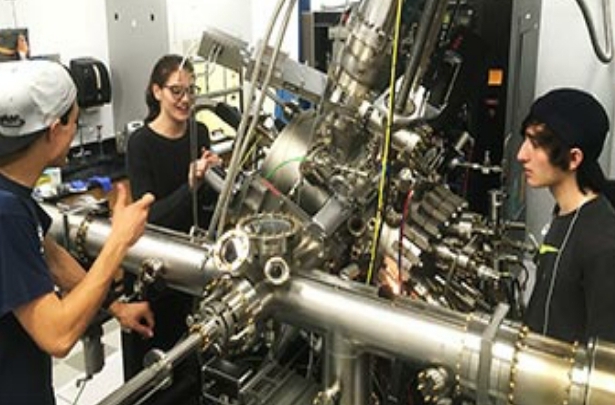
University of North Florida’s Atomic LEGO Lab. Credit: UNF
The new discovery is featured in the physics journal, Physical Review B.
Source: SciTech daily












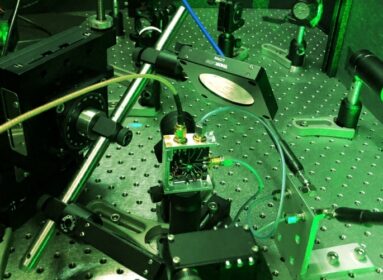
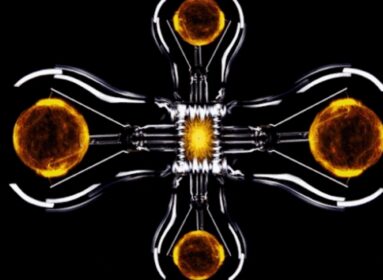

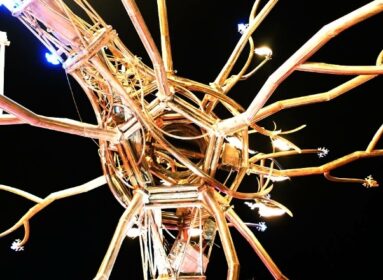


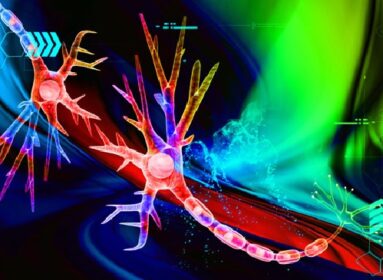
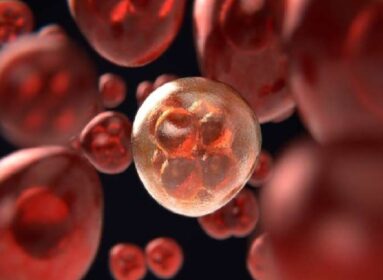
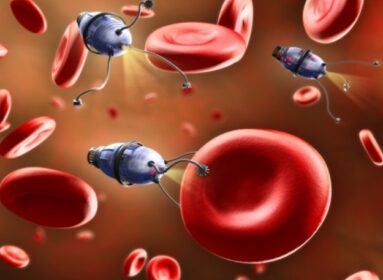


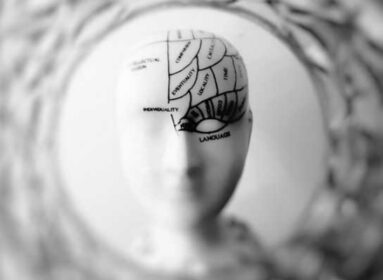
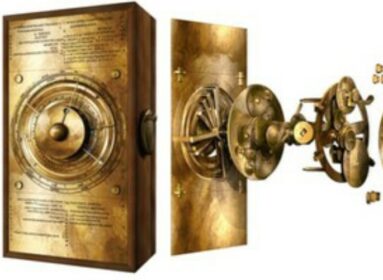

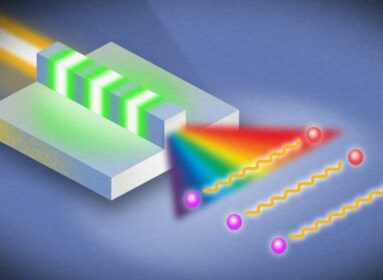

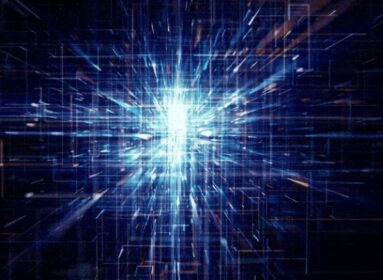
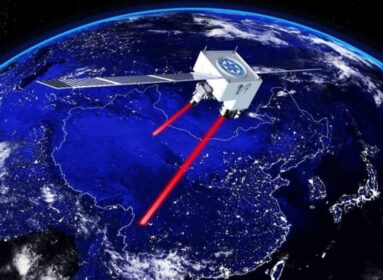











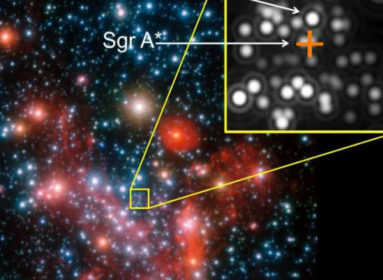
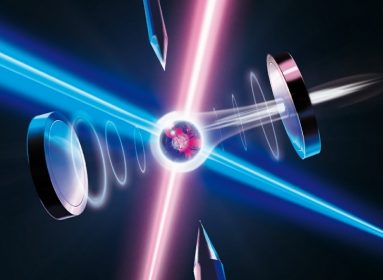






















Comments are closed.